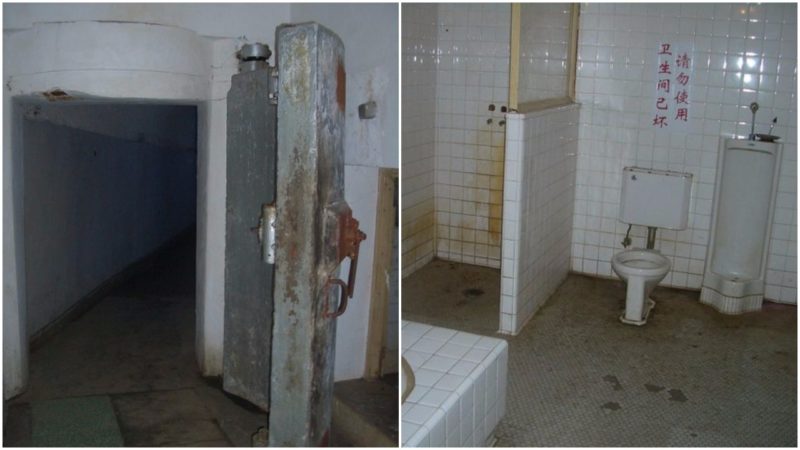In the late 1960s, relations between China and the Soviet Union were tense. The atmosphere on the border had almost reached a boiling point and the threat of a nuclear war was imminent.
With that danger looming on the horizon, the Chinese leader Mao Tse-tung felt it necessary to take serious precautions.
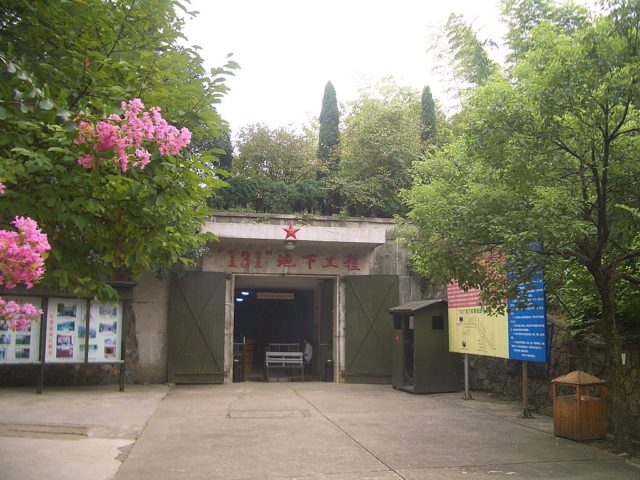
He authorized the construction of a number of underground facilities around the country to serve as shelters for the population and headquarters for the military and government.
They were designed to have all the things necessary for long-term survival, from living quarters, schools, restaurants, and shops to communication centers and offices. Of all the projects that were developed, the most well-known is Beijing’s Underground City.
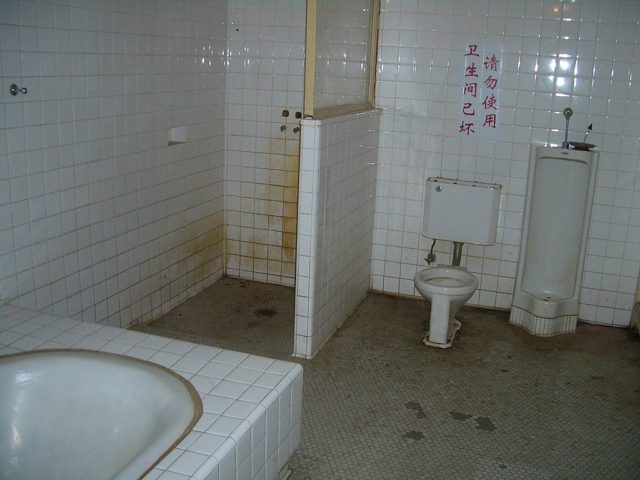
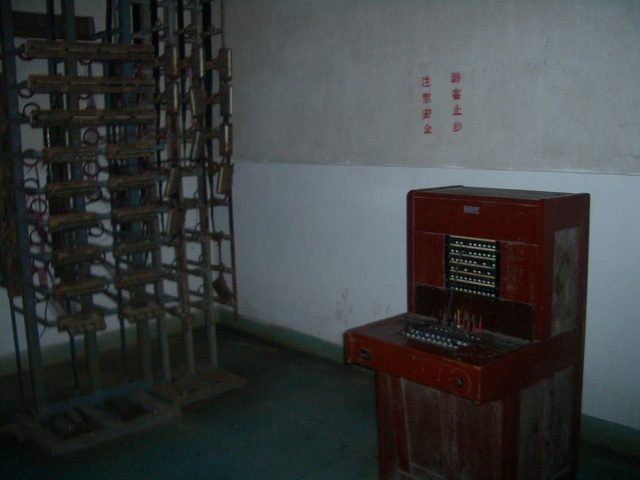
One such bunker city was Project 131, designed specifically to accommodate the Chinese military and to serve as an underground command headquarters. The codename stands for the date when it was officially commissioned, January 31, 1969. Put in charge of the construction was the Chief of Staff of the People’s Liberation Army, General Huang Yongsheng.
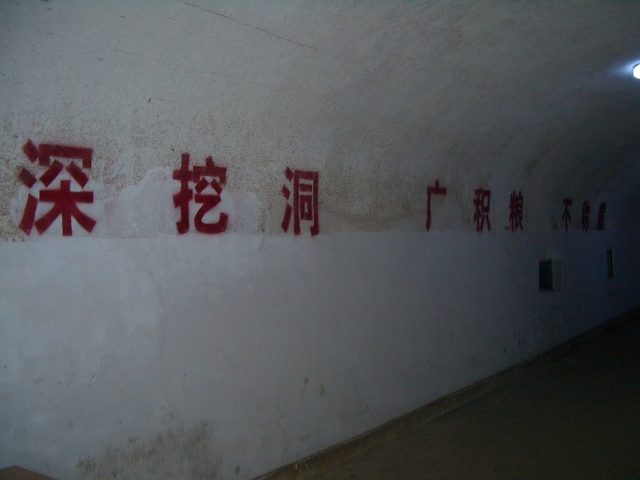
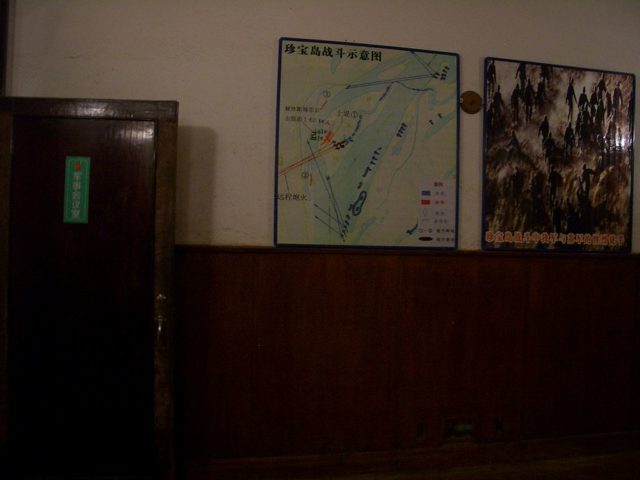
Built beneath a hill in Hubei Province, Project 131 consisted of a system of tunnels with blast doors. The underground facility also held rooms for meetings, soldiers’ barracks, a command post, and offices for Mao Tse-tung and his second in command, Lin Biao. Also, their own villas were built on the surface.
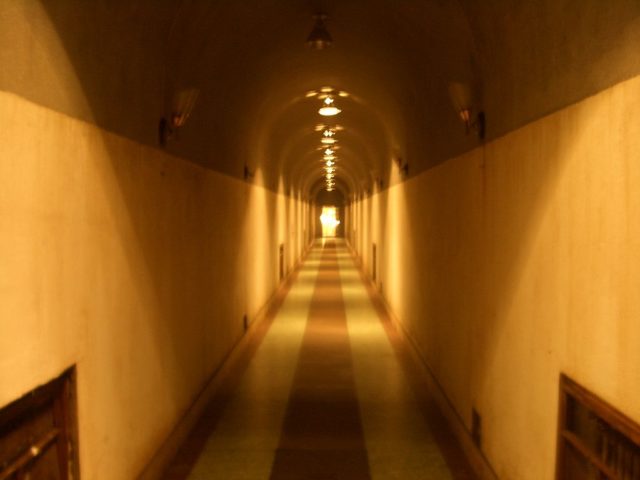
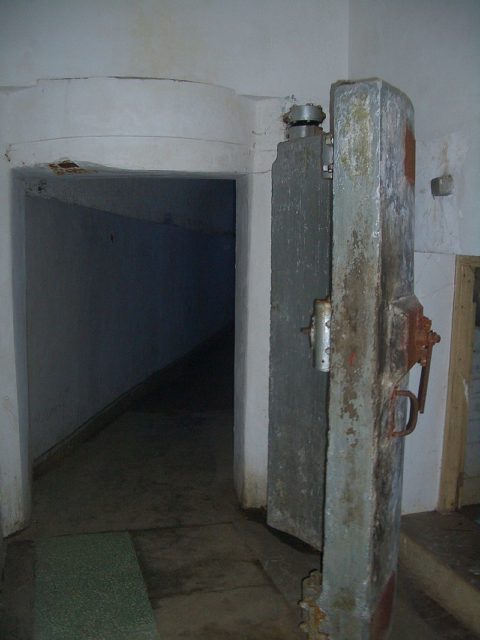
But in 1971, everything fell apart. Accusations were made of an alleged plot led by Lin Biao to overthrow the Chinese leader Mao Tse-tung. General Huang Yongsheng, thought to have been in on Biao’s plot, was arrested. And on September 13, 1971, with Lin Biao having been killed in a plane crash and General Huang in jail, the project was terminated.
The Communist party condemned Lin as a traitor and the government’s official explanation was that he and his family had attempted to flee the country. However, the suspicious circumstances surrounding Lin’s death triggered a lot of speculation. Many still believe that the plane crash was not accidental and that he had been fleeing for his life.
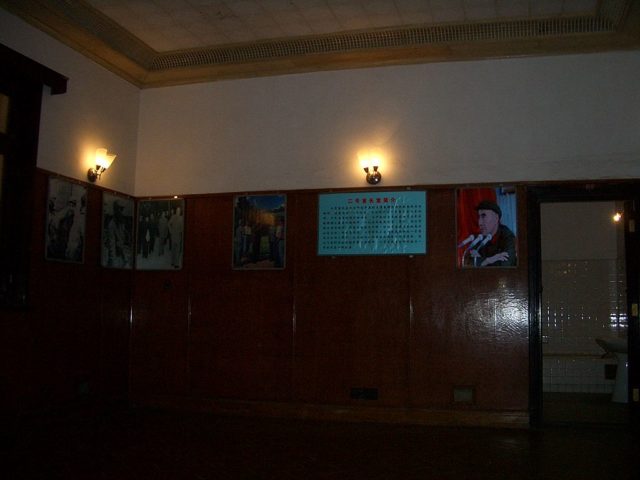
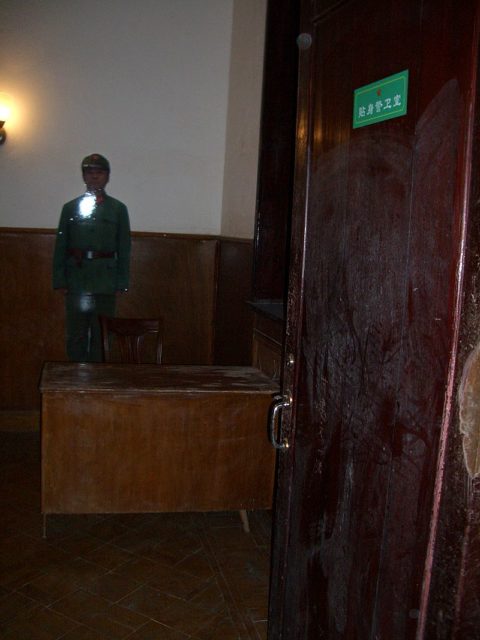
The underground facility was 456 meters long and cost the government over 130 million yuan. It was never fully completed and luckily for everyone, it didn’t have to be. It remained deserted and unused for 10 years before the local authorities decided to turn the facility into a tourist attraction.
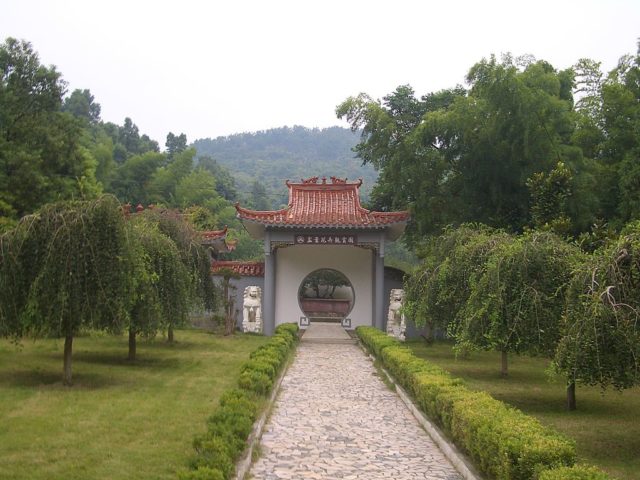
Today, the tunnels are open to the public. Above ground, the site features a hotel, a conference facility, a museum of the Mao era, and a garden. Visitors are allowed to walk around most of the empty underground rooms, though some parts are still off limits. Non-Chinese visitors were originally allowed to enter too, but as of April 2009, they have been banned altogether.
